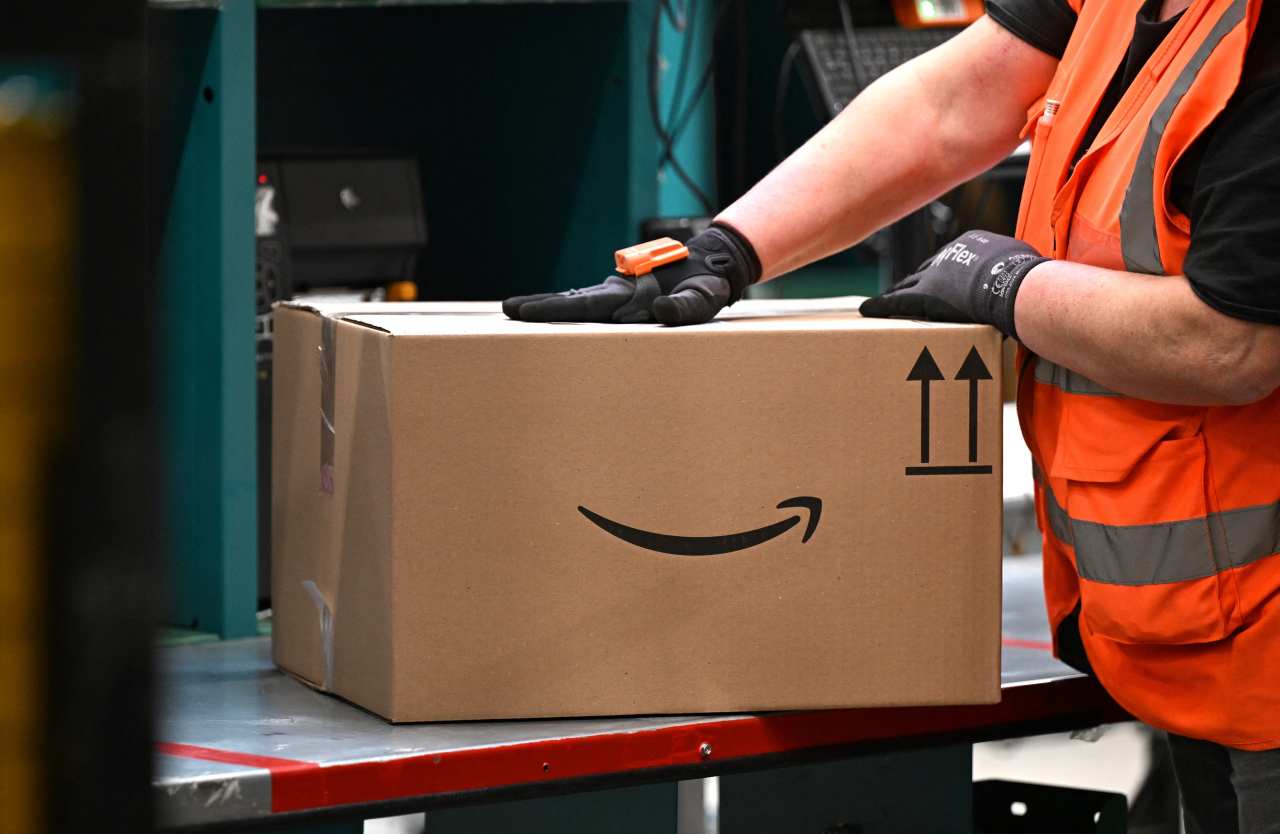SEATTLE, June 19, 2025 – Amazon’s announcement that its 2025 Prime Day sale will stretch from July 8 to July 11, marking its first-ever four-day occasion, has met with lukewarm enthusiasm from consumers. Regardless of the retail big’s promise of “tens of millions of offers” throughout classes like tech, magnificence, and residential items, many shoppers are voicing disinterest, citing issues over deal high quality and financial pressures. The sentiment, highlighted in a MarketWatch report, displays a broader shift in client habits amid inflation and commerce uncertainties.
Amazon, which has held Prime Day yearly since 2015, usually runs the occasion for 2 days, producing record-breaking gross sales, with U.S. consumers spending $14.2 billion in 2024, an 11% enhance from the earlier 12 months, per Adobe Analytics. This 12 months’s extension goals to capitalize on that success, providing “Immediately’s Large Offers”—day by day themed reductions unique to Prime members—and that includes manufacturers like Samsung, Dyson, and Levi’s. Nevertheless, consumers on platforms like X, reminiscent of @Pragmatism14, argue the longer sale seems like a push to clear unsold stock somewhat than a consumer-friendly occasion, with “stuff that hasn’t offered all 12 months” dominating the choices.
Skepticism stems from previous experiences with Prime Day’s deal authenticity. Posts on Reddit’s r/amazonprime and r/FulfillmentByAmazon from 2024 famous that sellers typically inflate costs earlier than the sale, making reductions seem bigger than they’re, a observe consumers monitor utilizing instruments like CamelCamelCamel. @roberee on X echoed this, stating, “People already personal an excessive amount of junk,” suggesting the prolonged sale might not entice frugal shoppers. Retail analyst Bruce Winder, quoted in Yahoo Finance Canada, referred to as the extension “huge” however famous it targets “price-conscious consumers” cautious of inflation and looming tariffs.
Tariffs, reinstated by President Donald Trump in April 2025, have raised prices for third-party sellers, a lot of whom import from China. Reuters reported some sellers are pulling again from Prime Day, cautious of slim margins after paying Amazon’s charges—15% fee plus $500–$1,000 for “Lightning Deal” or “Finest Deal” slots—and providing steep reductions. This might imply fewer compelling affords, as sellers like Steve Inexperienced, who sells bicycles, decide to skip the occasion to guard earnings. Amazon’s spokesperson countered, claiming a “robust response” from sellers, however consultants like Arun Sundaram of CFRA Analysis warn third-party retailers face essentially the most threat.
Regardless of shopper hesitance, analysts stay optimistic. MarketWatch cited retail consultants predicting robust gross sales, pushed by competing occasions from Walmart, Goal, and Finest Purchase, which frequently match or beat Amazon’s costs. Client Stories famous that whereas the four-day sale affords extra time to browse, “finest costs of the summer season” might not match historic lows because of tariff-driven value will increase. Lightning Offers, which promote out shortly or expire, are anticipated to stay a spotlight, however consumers should monitor day by day drops diligently, a activity some discover daunting.
Amazon is countering skepticism with promotions, together with a LeBron James-led advert marketing campaign and partnerships with Canadian celebrities like Bret Hart for sweepstakes. Early offers, reminiscent of a Ring Battery Doorbell for $49.99 or Apple AirPods 4 for $99, are already stay, per TechRadar. But, posts like @TopStockAlerts1 on X spotlight financial headwinds—comfortable retail gross sales and commerce tensions—that would dampen enthusiasm.
For consumers, the prolonged Prime Day affords alternative however calls for vigilance. Utilizing worth trackers and evaluating offers throughout retailers might uncover worth, however many stay unconvinced that longer means higher.
